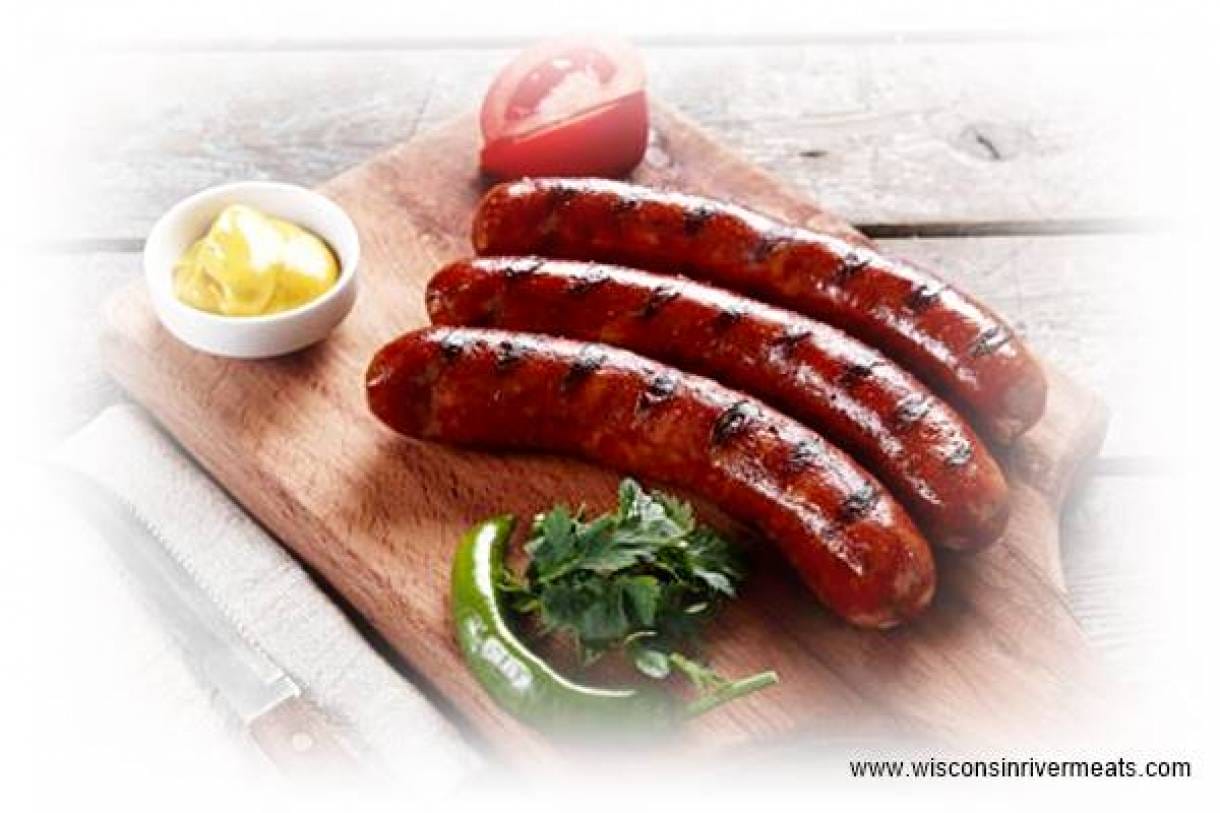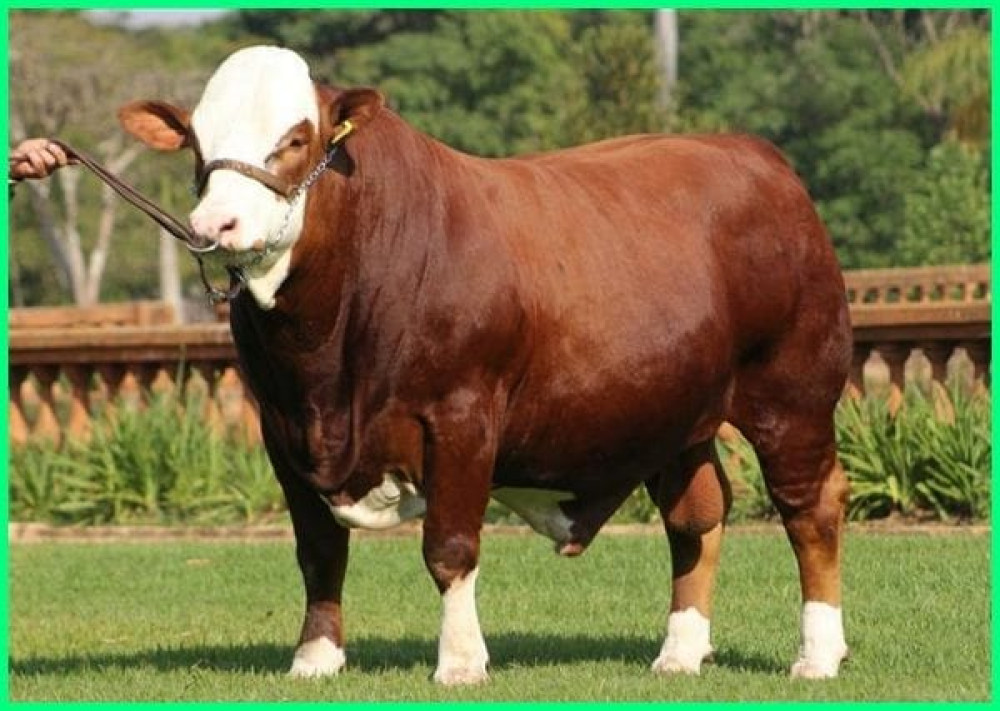WHAT ABOUT SAUSAGE IN INDONESIA
The netizens in Indonesia were recently shocked of the videos, which detailed illegal practice of sausage production. The videos even make some people stop consuming sausage. Sausage, which is mostly made of high-quality beef, is made from low-quality beef or even flour, which is mixed with beef flavor.
For many people in Indonesia, beef is still an unaffordable food ingredient. One kilogram of beef may cost up to Rp. 140,000. Therefore, sausage is a cheaper alternative. They can buy a pack of sausage in a price of less than Rp. 30,000. However, the high demand for sausage encourages some individuals to do illicit business. They make sausage from inedible or even rotten ingredients.
However, such illicit practice cannot be generalized for all sausage products available in the store shelves in Indonesia. A lot of local sausage products are made of high-quality ingredients. Sausage made by illegal businesses is usually marketed at very low prices. Smart consumers are able to differentiate low-quality sausage from high quality one.
FACT ABOUT SAUSAGE PRODUCT IN INDONESIA
In fact, there are different types of sausage in Indonesia, particularly frozen meat. Just like sausage in other countries, it is also available in different types like pre-cooked, fresh, or smoked type. In most cases, sausage is made of beef, but local producers in Indonesia have recently made sausage from other ingredients. They include chicken meat, shrimp, fish, goat meat, and even seaweed.
Likewise, flavors of sausage are not limited to beef. Instead, you can find sausage with different flavors like black pepper, cheese, and even green veggies. Except for sausage produced by multi-national companies in Indonesia, local sausage most has different shape and texture. The following are some facts you need to know about sausage products in Indonesia:
- Most local producers use collagen casing, even though some low-end products are wrapped in plastic material. Collagen is an edible and safe packing material, made of animal proteins. The sausage wrapped in collagen casing can be consumed directly.
- Local producers mostly use frozen meat. After the production step, the finished products are frozen before distribution to ensure that they are longer lasting.
- Legal food products in Indonesia are certified by MUI and BPOM. Therefore, make sure to buy only products certified by the legitimate government institution.
Despite the annoying videos on sausage production by illegal businesses, there are high-quality sausage products in Indonesia. Be a smart consumer by recognizing the signs of high-quality products and low-quality ones. The good news is that Indonesia is rich natural resources. Therefore, sausage products are available in more variants of ingredients and flavors.





